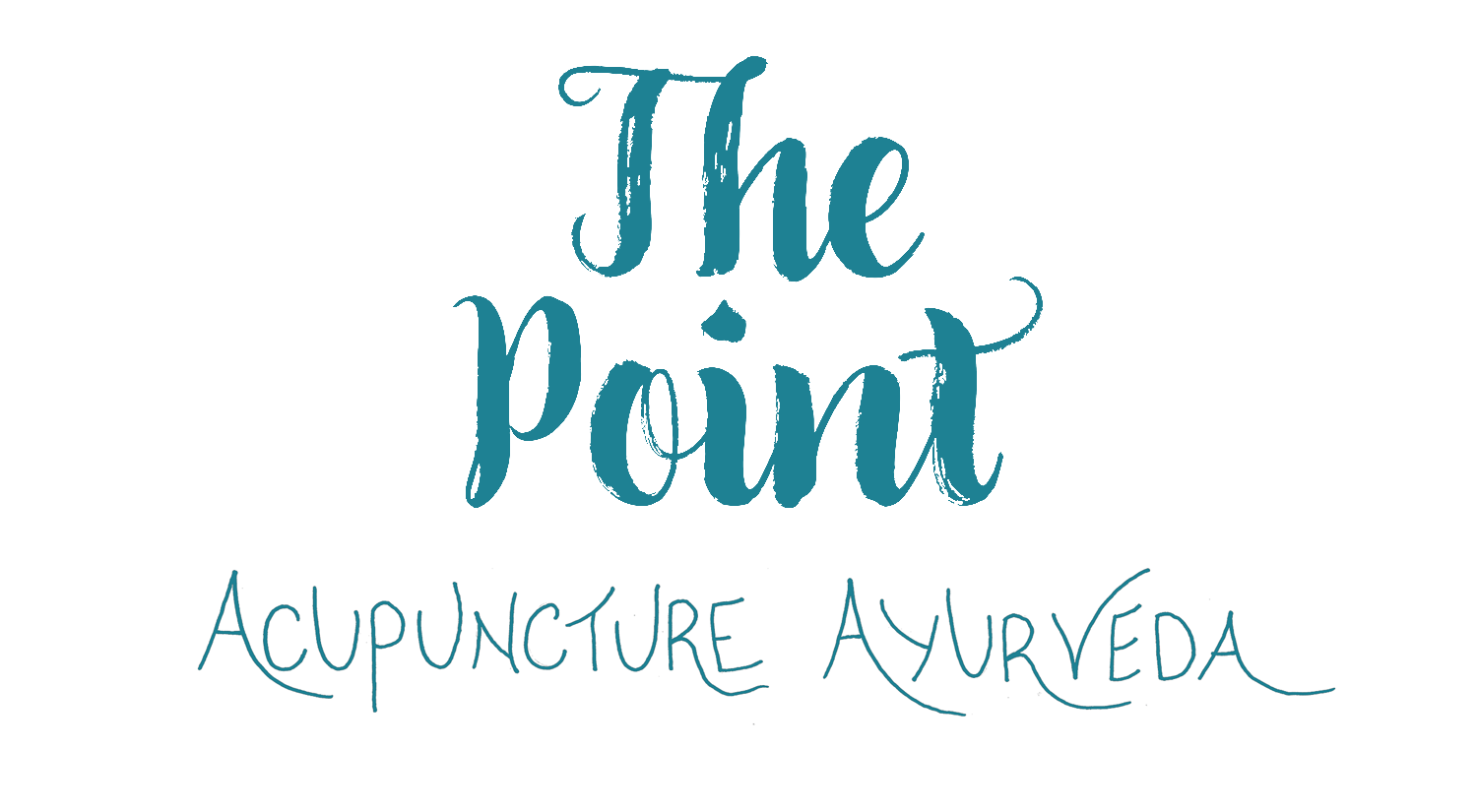Meditaiton, Equimity, and Healing
/Our bodies are in a constant state of renewal much like the earth itself. Just as leaves unfurl, rivers forge new paths, and seasons shift; our cells undergo constant change. Meditation helps us reconnect with this natural rhythm of change, allowing us to observe the subtle shifts in our bodies and minds. Through meditation - attention to and equanimity with what is - we can observe our own regeneration, and ultimately improve our health and longevity.
Last month I attended my first ten-day silent meditation course.. Beginning at 4am, when we awakened to the song of the gong, we spent our days in meditation, bringing our attention inward. With practice we trained our minds to come to stillness, to perceive sensations in our bodies, and to observe the fleeting nature of each. One moment I might observe a discomfort or burning sensation in my hip. As I'd sit there without reacting - without bracing, without shifting in my seat to find comfort, without even wishing it would go away - it would unfailingly shift of its own accord. Sometimes it would modify within moments; sometimes it would linger. But eventually it would indeed shift.
Not only did we observe intense sensations in our bodies as they came up, but we attended equally to the minute. I observed, for example, my breath naturally entering my left nostril one moment, and shifting to enter my right nostril minutes later. I observed a tickle on my upper lip - that I could have scratched to find relief - but instead observed with curiosity and non-reaction, until it disappeared, as all sensations eventually do. Over hours and days, I came to know in my being that every sensation, every discomfort, every tickle or twinge eventually shifts.
Modern life pulls our minds in a thousand directions; our bodies, responding to this chaos, can become burdened with stress. Meditation teaches us to attend to all moments with equanimity—without attachment or aversion, without wishing a discomfort away, or a new sensation to arrive. We simply observe with ease, knowing this too will change.
Because meditation fosters a mindful equanimity, it allows the body to shift out of tension and into the parasympathetic mend mode. Acupuncture similarly draws the body into the parasympathetic state of rest and rejuvination. As an acupuncturist I love helping people shift their bodies and minds from constriction to ease, relaxation and repair. But meditation is uniquely valuable in that we have access to it any time, any day, and it's free. As long as we are alive, we are breathing; regardless of circumstance we can return our attention to our breath and center ourselves through mindfulness or meditation.
By focusing on breath or bodily sensations without reacting, we let go of the stress that hinders healing, and transformative healthful shifts occur. During my deep-dive one hundred hour meditation course, I observed as tensions unraveled that had been there for perhaps decades.
Science corroborates the healthful shifts that meditation can usher in. Studies show that through meditation, cortisol levels drop, inflammation recedes, pain eases, oxidative stress decreases, immune function is boosted, and the body's cellular regenerative properties are enhanced.
Recent studies suggesting that meditation may increase telomerase activity, and thus foster longevity and healthy aging, are particularly exciting. Telomerase is the enzyme that repairs and lengthens our telomeres, which cap our chromosomes. Because telomeres act like aglets on shoelaces, protecting chromosomes from fraying during cell division, shortened telomeres are linked to cellular aging, increased risk of disease, and decreased longevity. The higher levels of telomerase found in people who meditate regularly is an intriguing avenue of research being pursued by Nobel laureate Dr. Elizabeth Blackburn, and others.
If meditation and its potential for contributing to healthful shifts in mind and body piques your curiosity, I encourage you to give it a go. There are myriad meditation techniques; simply choose the method which resonates with you. The key, as with many healthful choices, is to practice it with regularity. As you sit and observe your breath, body sensations, the sounds around you, or another focal object of meditation, with equanimity, you'll enter into a more easeful existence, and support your health and longevity to boot. Happy meditating!
